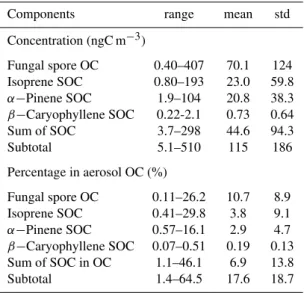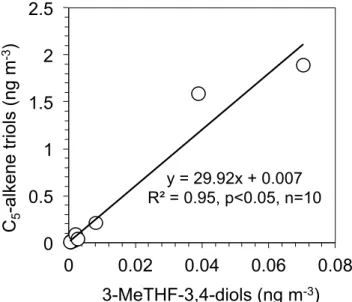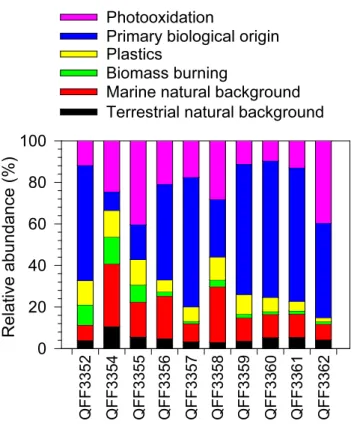Organic molecular composition of marine aerosols over the Arctic Ocean in summer: contributions of primary emission and secondary aerosol formation
Texto
Imagem
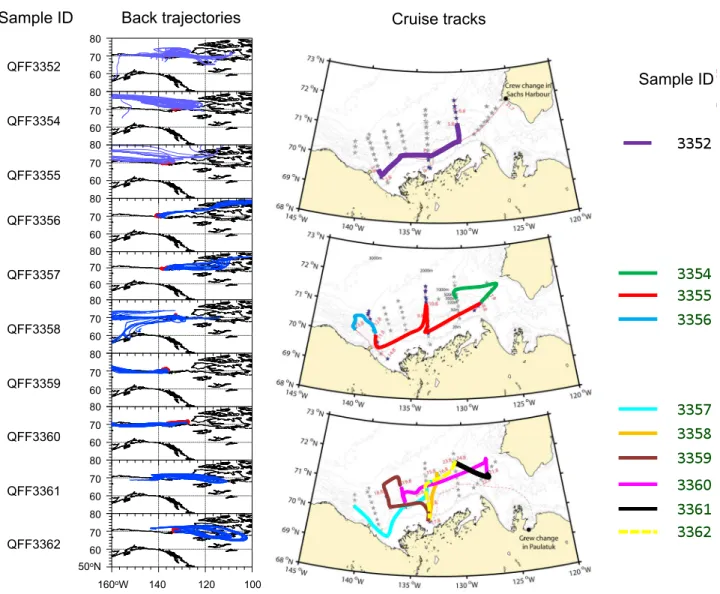
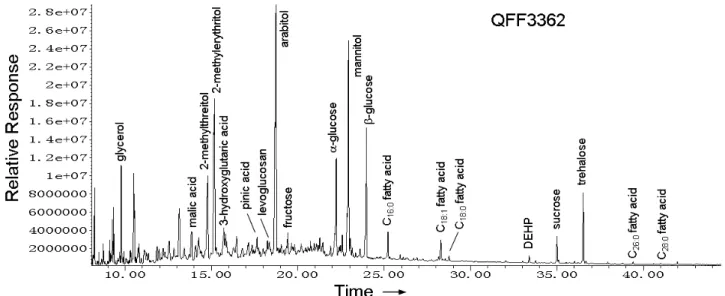
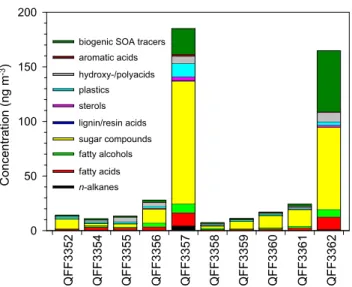

Documentos relacionados
The inner organic tube lining of serpulids has been studied for its role in biomineralization [7,11]. However, the details of the occurrence, function and formation of the
The experimental data obtained for the particle number concentration are pre- sented together with the simulated profile of 2,5-DHF (from the known initial concentrations and
Heterotrophic microbes are the most important consumers of marine organic matter (OM), driving the microbial loop and MCP (Azam et al., 1983; Azam and Malfatti, 2007; Jiao et
The results could be used as input of information for retail supermarket, in improving consumer purchase decision on organic vegetable products, through an increase
The emission of oxygenated compounds represented around 70 % of total organic aerosol for both types of vehicles measured by the
Concentration maxima of volatile organic iodine compounds in the bottom layer water and the cold, dense water over the Chukchi Sea in the western Arctic Ocean: a possibility
At these sites, about 30% of measured organic carbon was found in the coarse mode and was to a certain level attributed to primary biogenic organic aerosol (Puxbaum et al., 2003),
Intuitively, an increase in the emission of primary aerosol and DMS emission in the Arctic summer should cause an increase in aerosol abundance, AOD and cloud condensation nuclei
